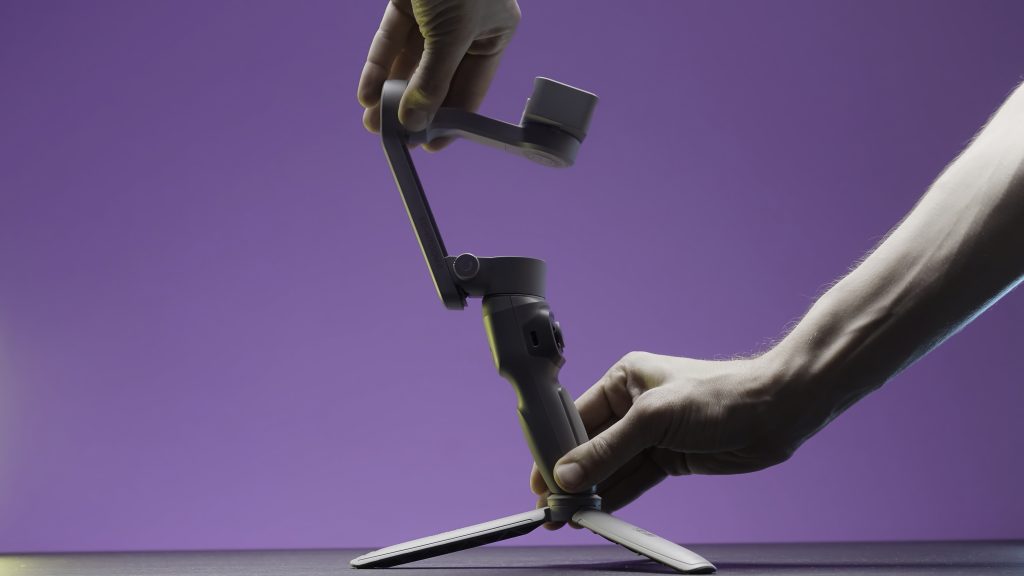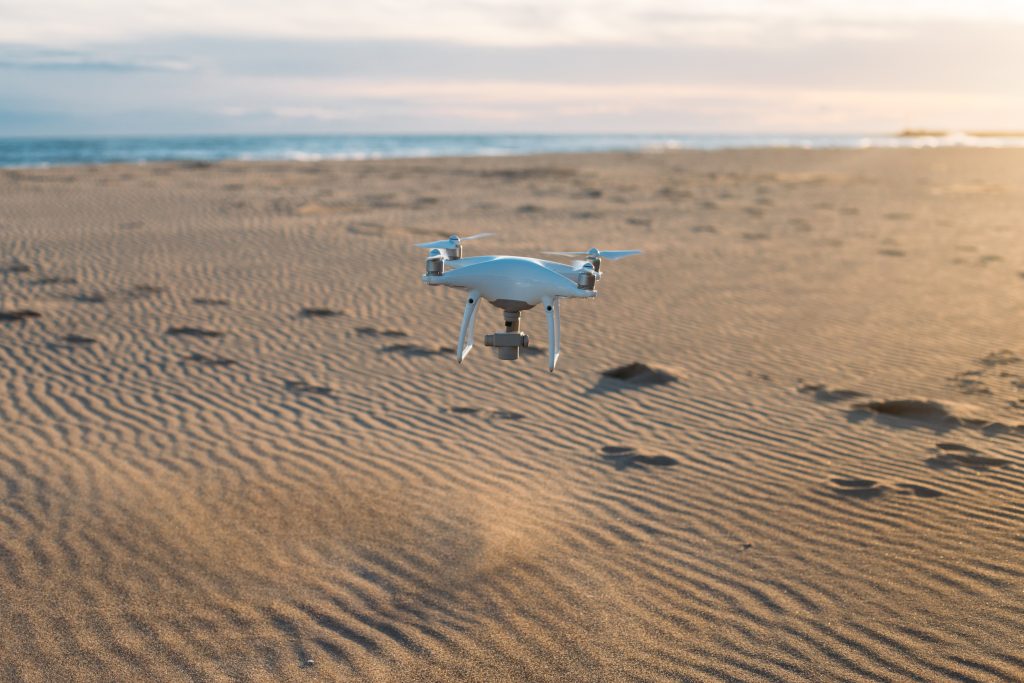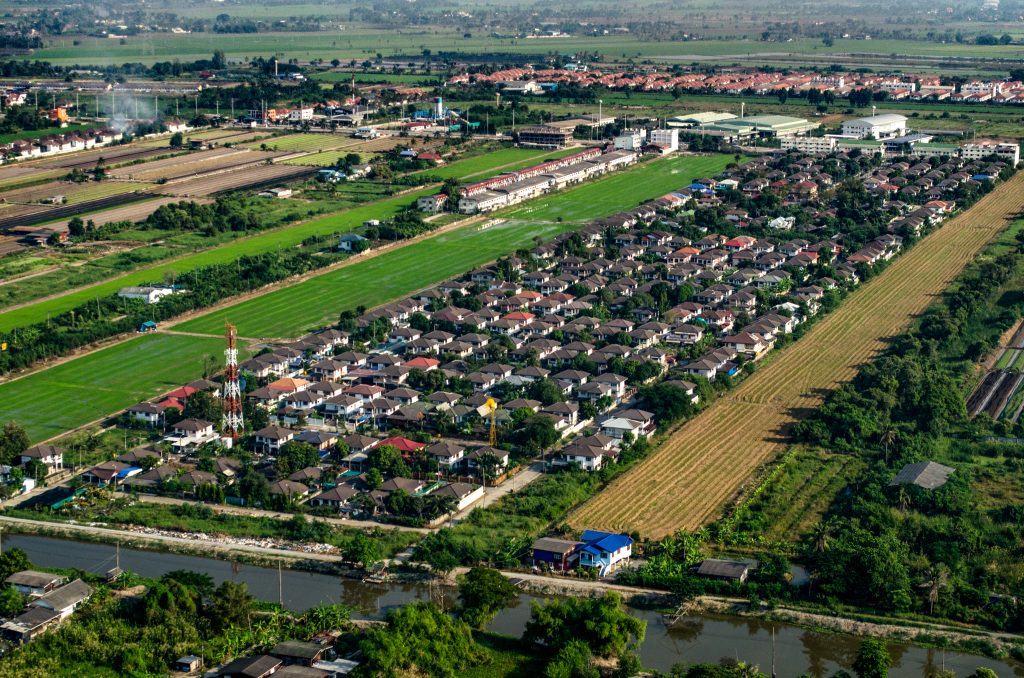So what is gimbal on a drone?
A gimbal on a drone is a mechanical stabilization system that keeps the camera or payload level and steady during flight. It consists of motors, sensors, and control algorithms that work together to counteract drone movements, vibrations, and external forces, ensuring smooth and stable footage or imagery. The gimbal allows for precise camera control, enabling the operator to adjust angles and framing and capture cinematic shots.
The Basics of a Gimbal
To learn the basics of a gimbal, we will be understanding the Three-Axis Stabilization System, Components, and Importance of Balance and Calibration.
A gimbal is a mechanical stabilization system used in various industries, including drone technology, to ensure smooth and stable footage or imagery.
To grasp the basics of a gimbal, it is essential to understand the three-axis stabilization system, the components involved, and the importance of balance and calibration for optimal performance.
Three-Axis Stabilization System:
A gimbal employs a three-axis stabilization system to counteract unwanted motion and vibrations during drone flights. The three axes correspond to different types of rotational movement:
1. Pitch Axis:
The pitch axis controls the up-and-down tilting motion of the camera or payload. It allows the camera to tilt forward or backward, maintaining a level perspective despite the drone’s movements. The pitch axis compensates for pitch movements caused by the drone’s flight or external factors.
2. Roll Axis:
The roll axis manages the side-to-side tilting or rotation of the camera or payload. It lets the camera tilt or roll to the left or right while keeping the horizon level. The roll axis counteracts roll movements caused by drone maneuvers or external forces, ensuring stable and level footage.
3. Yaw Axis:
The yaw axis controls the horizontal rotation or panning of the camera or payload. It allows the camera to rotate horizontally, changing the direction it faces. The yaw axis compensates for yaw movements, ensuring smooth panning shots and consistent framing during drone flights.
Components of a Gimbal:
1. Motors:
Gimbals incorporate high-precision motors that are responsible for adjusting the camera or payload’s orientation along each axis. These motors react quickly to the drone’s movements and the data received from the sensors, making precise adjustments to counteract undesired motion and maintain stability.
2. Sensors:
Gimbals utilize various sensors to detect the drone’s movements and provide real-time data for stabilization. These sensors include gyroscopes, which measure angular velocity or the rate of rotation; accelerometers, which detect acceleration and tilt; and magnetometers, which determine the orientation with respect to Earth’s magnetic field.
3. Control Algorithms:
Advanced control algorithms process the data received from the sensors. These algorithms calculate the necessary adjustments required to stabilize the camera or payload.
By taking into account the drone’s movement data, sensor inputs, and pre-programmed stabilization parameters, the control algorithms control the motors to counteract any undesired motion and maintain stability.
4. Anti-Vibration Absorber:
Many gimbals feature an anti-vibration absorber or damping system. This component helps minimize vibrations and dampen disturbances caused by the drone’s movements or external factors such as wind turbulence.
Importance of Balance and Calibration
Achieving balance and performing calibration is crucial for optimal gimbal performance. Proper balance ensures that the camera or payload is evenly distributed and centered within the gimbal’s range of motion. Imbalanced payloads can strain the motors and affect stabilization, potentially resulting in degraded footage quality.
Gimbal calibration involves aligning and configuring the sensors and motors of the gimbal. It ensures that the gimbal accurately interprets the drone’s movements and responds accordingly.
Calibration may include setting the reference point or level position and fine-tuning the control algorithms to adapt to the specific camera or payload characteristics.
Balance and calibration are essential to maximize the effectiveness of stabilizing the drone camera gimbal and providing smooth footage.
Proper balance minimizes unwanted movements, optimizes stabilization performance, and ensures consistent, high-quality results.
Regular calibration helps maintain accurate sensor readings and optimal performance over time.
Overview of Different Gimbal Types:
Gimbals come in various types based on the number of axes they stabilize. Each type offers different levels of stabilization and flexibility. Here is an overview of the most common gimbal types:
1- Axis Gimbal:
A 1-axis gimbal stabilizes motion along a single axis, typically the roll axis. It reduces side-to-side tilting or rotation but does not stabilize the camera in other directions. This type of gimbal is commonly used for simple stabilization requirements, such as reducing roll movements in handheld or action cameras.
2- Axis Gimbal:
A 2 axis gimbal stabilizes motion along two axes, typically the pitch and roll axes. It provides stability against up-and-down tilting as well as side-to-side rotation. This gimbal type is suitable for applications where two-dimensional stabilization is sufficient, such as basic aerial videography or handheld gimbals for smaller cameras.
3- Axis Gimbal:
A 3 axis gimbal is the most common and versatile type. It stabilizes motion along all three axes: pitch, roll, and yaw. This gimbal provides comprehensive stabilization, ensuring smooth footage even during dynamic movements. It is widely used in professional drone videography, aerial photography, and handheld gimbals for various camera sizes.
4-Axis Gimbal:
A 4-axis gimbal adds an additional axis of stabilization beyond the standard three axes. This additional axis often focuses on reducing vibrations and unwanted motion caused by high-frequency movements. 4-axis gimbals are more specialized and typically used in professional-grade camera systems or applications where precise stabilization is crucial, such as cinematography or high-end aerial platforms.
Comparison of Gimbal Configurations:

Gimbals can be configured in two primary ways: handheld and drone-mounted. Each configuration has its advantages and considerations:
Handheld Gimbal:
Handheld gimbals are designed for use with cameras held in hand or mounted on a grip. They offer portability, versatility, and ease of use.
Handheld gimbals typically come with ergonomic handles, controls for camera movements, and built-in stabilization systems. They are popular among videographers, vloggers, and content creators who require stabilized footage while on the move.
Handheld gimbals provide flexibility for capturing ground-based shots, and they can be used for various cameras, from smartphones to DSLRs.
Drone-Mounted Gimbal:
Drone-mounted gimbals are specifically designed for integration with drones or unmanned aerial vehicles (UAVs). These gimbals are lightweight, compact, and engineered to withstand the vibrations and aerodynamic forces encountered during flight.
Drone-mounted gimbals enable aerial videography and photography by stabilizing the camera payload and providing smooth footage from the air.
They are typically equipped with brushless motors, advanced stabilization algorithms, and compatibility with drone control systems.
Drone-mounted gimbals often support a range of cameras, from action cameras to professional-grade DSLRs, depending on the drone’s payload capacity.
The choice between handheld and drone-mounted gimbals depends on the specific application and requirements. Handheld gimbals excel in situations where mobility and versatility are paramount, allowing for stabilized shots while on the move.
On the other hand, drone-mounted gimbals are ideal for capturing aerial footage, providing stable and cinematic shots from above.
Do Drones Need Gimbals?

Drones do not necessarily need gimbals, but gimbals can significantly enhance the performance and quality of aerial photography and videography.
While some drones come with built-in stabilization mechanisms, such as electronic image stabilization, gimbals offer more advanced and precise stabilization capabilities.
Gimbals play a crucial role in ensuring that the camera or payload remains stable and level during drone flights. They counteract the drone’s movements and external forces, minimizing vibrations and unwanted motion that could affect the quality of captured footage or imagery.
The need for a drone gimbal depends on the specific application and desired output.
For casual drone users who capture simple footage for personal use, built-in stabilization or electronic image stabilization may suffice. However, gimbals are highly recommended for professional photographers, videographers, and those seeking high-quality aerial imagery.
Gimbals provide smooth and steady footage even during dynamic flight maneuvers or in challenging environmental conditions. They allow for precise control over camera movements, enabling professional-grade aerial photography and videography with minimal vibrations and distortion.
Ultimately, the decision to use a gimbal with a drone depends on the user’s requirements and expectations. Gimbals offer significant advantages in terms of stabilization and image quality, but they may not be essential for every drone user.
When Should You Use A Gimbal For A Drone?
A gimbal is typically used for a drone when there is a need for enhanced stabilization and smooth footage or imagery. Here are some situations where using a drone gimbal is recommended:
Aerial Photography and Videography

A gimbal is much needed if you’re planning to capture professional-grade aerial photography or videography. It helps stabilize the camera or payload, minimizing vibrations and unwanted motion, resulting in smooth and cinematic footage.
Dynamic Flight Maneuvers
When performing dynamic flight maneuvers such as sharp turns, rotations, or sudden changes in direction, a gimbal is essential. It compensates for the drone’s movements, ensuring that the camera remains level and steady, allowing for clear and distortion-free images or videos.
Windy Conditions
In windy conditions, drones are susceptible to turbulence and gusts of wind that can cause the camera to shake or produce unstable footage. A gimbal provides active stabilization, counteracting these external forces and maintaining stability, resulting in clear and steady shots.
Professional Applications
For professional applications like surveying, mapping, inspection, or search and rescue operations, drone gimbals are crucial sometimes. They enable precise camera control, ensuring accurate data capture and detailed analysis.
Cinematic Shots
If you aim to capture cinematic shots with smooth camera movements, a gimbal is essential. It allows for controlled pans, tilts, and tracking shots, adding a professional and polished look to your footage.
High-Quality Imagery
If you prioritize capturing high-quality imagery with minimal vibrations and distortion, a gimbal is highly recommended. It helps eliminate unwanted movements, resulting in sharp and clear images with enhanced detail.
It’s important to note that the specific drone model and payload weight capacity should be considered when selecting a gimbal.
Ensure that the gimbal is compatible with your drone and can support the weight of your camera or payload.
In summary, using a gimbal for a drone is recommended when aiming for enhanced stabilization, smooth footage, professional-grade aerial photography or videography, dynamic flight maneuvers, challenging environmental conditions, professional applications, cinematic shots, and high-quality imagery.
Gimbal Benefits
Gimbals offer a range of benefits that significantly enhance the performance and capabilities of drones in various applications. Here are some key benefits of using a gimbal:
Stabilization
The primary benefit of a gimbal is stabilization. Gimbals use advanced motorized systems and sensors to counteract unwanted motion and vibrations during drone flights. They ensure that the camera or payload remains steady and level, resulting in smooth and stable footage or imagery.
This is particularly important when capturing professional-grade aerial photography, videography, or detailed inspections.
Image Quality
By stabilizing the camera or payload, gimbals greatly improve image and video quality. They minimize vibrations and shaking, resulting in sharper and clearer images with reduced blurring or distortion. The stabilized footage allows for better analysis, accurate measurements, and enhanced visualization in various professional applications.
Camera Control
Gimbals provide precise control over the camera’s movements. They allow for smooth pans, tilts, and tracking shots, enabling creative and professional cinematography.
With the ability to adjust the camera’s orientation independently of the drone’s movement, gimbals offer greater flexibility in capturing desired angles and perspectives.
Versatility
Gimbals are versatile tools that can accommodate a wide range of cameras and payloads. They are designed to support different sizes and weights, making them compatible with various camera types, from action cameras to DSLRs. This versatility allows users to choose the appropriate camera for their specific needs and achieve the desired image quality.
Elimination of Jello Effect
The Jello effect, also known as rolling shutter distortion, is a common issue in aerial imaging caused by the drone’s vibrations. Drone gimbals effectively eliminate this problem by stabilizing the camera and minimizing vibrations, resulting in distortion-free footage.
Professional Applications
Gimbals are widely used in professional applications such as aerial photography, videography, cinematography, inspection, mapping, surveying, and search and rescue operations. They provide the necessary stability and control required for accurate data capture, detailed analysis, and high-quality documentation.
User-Friendly Operation
Gimbals are designed to be user-friendly, with intuitive controls and easy setup. They often feature automated functions such as follow modes, object tracking, and programmable paths, making it easier for users to achieve the desired shots or movements.
Long-Term Investment
Investing in a gimbal is a long-term investment as they are typically durable and built to withstand the rigors of drone operations. They are constructed with high-quality materials and components that ensure reliability and longevity, making them a valuable tool for professional and enthusiast drone users alike.
In summary, gimbals offer numerous benefits, including stabilization, improved image quality, precise camera control, versatility, elimination of the Jello effect, suitability for professional applications, user-friendly operation, and long-term durability. These benefits make gimbals an indispensable tool for drone users seeking to capture high-quality footage and achieve professional results.
Conclusion
The advancements in gimbal technology have revolutionized the capabilities of drones, enabling users to capture breathtaking aerial shots with unprecedented stability and smoothness.
Whether it’s professional photography, cinematography, inspections, or simply capturing memorable moments, drone gimbals have become an essential tool for drone enthusiasts and professionals alike.
In summary, gimbals are the driving force behind stable and professional aerial imaging. With their advanced stabilization systems, they enhance the quality of footage or imagery captured by drones, providing smooth, clear, and distortion-free results. The combination of motors, sensors, control algorithms, and proper balance and calibration ensures optimal performance and unlocks the full potential of drone photography and videography.

